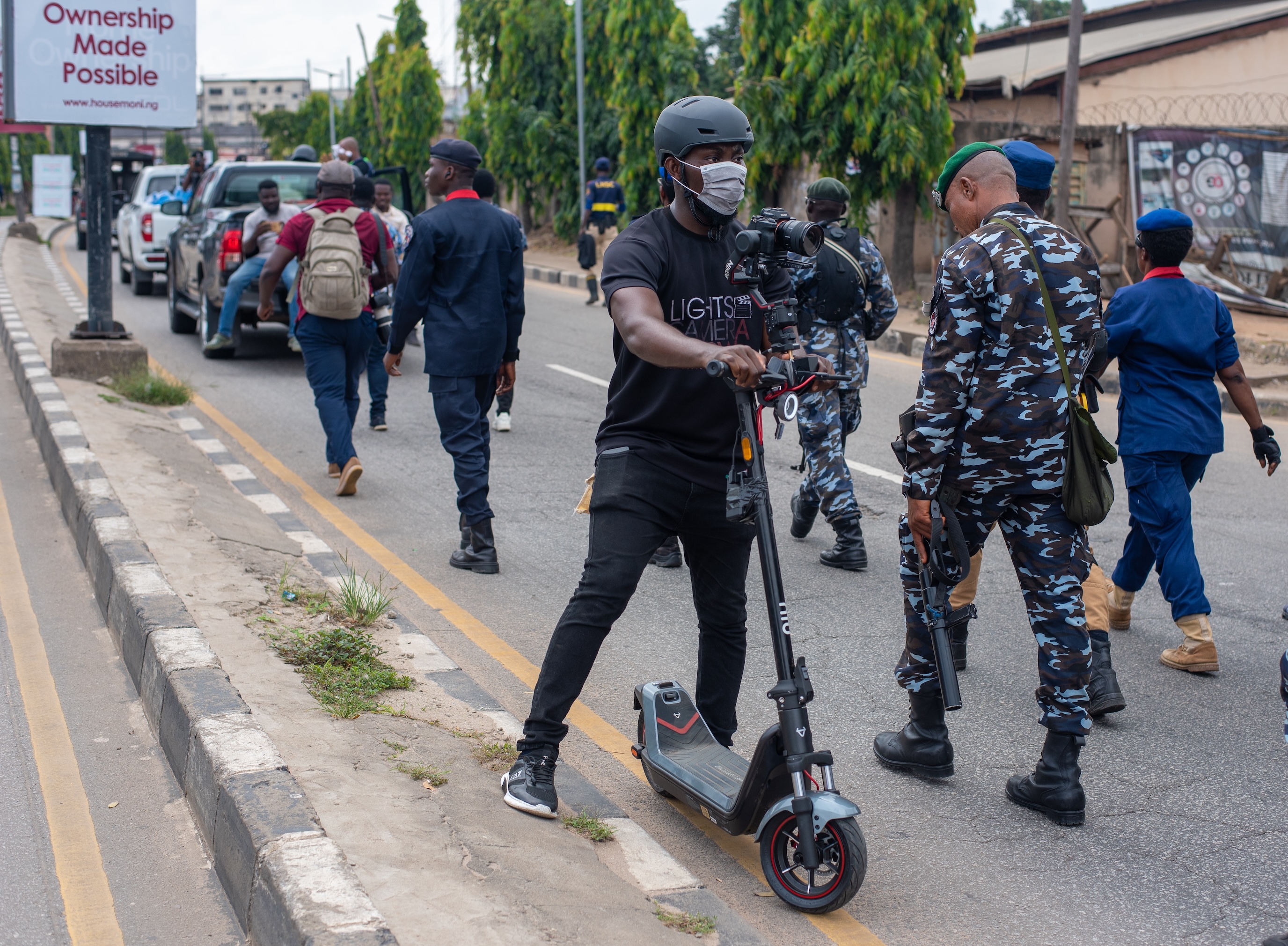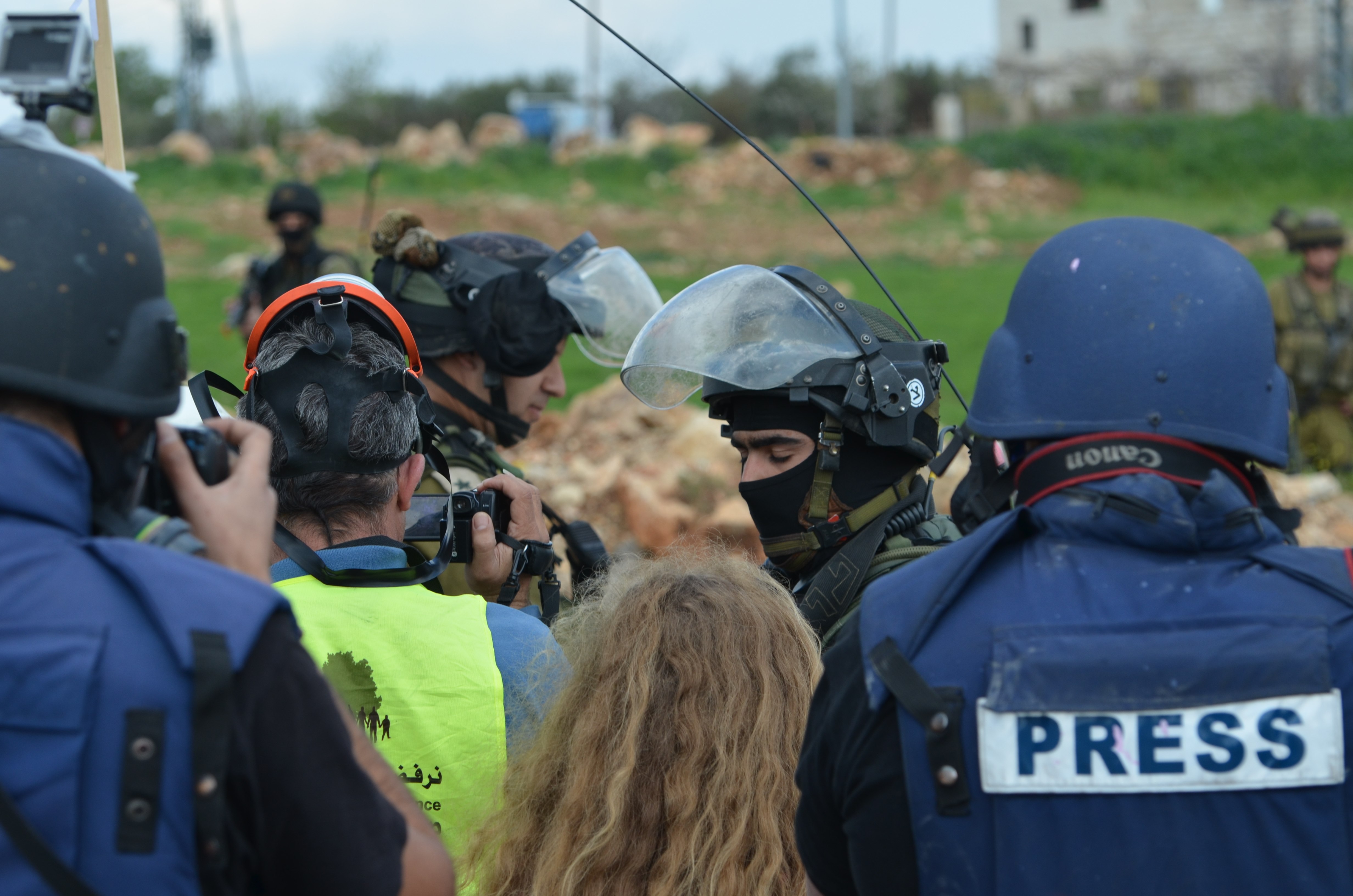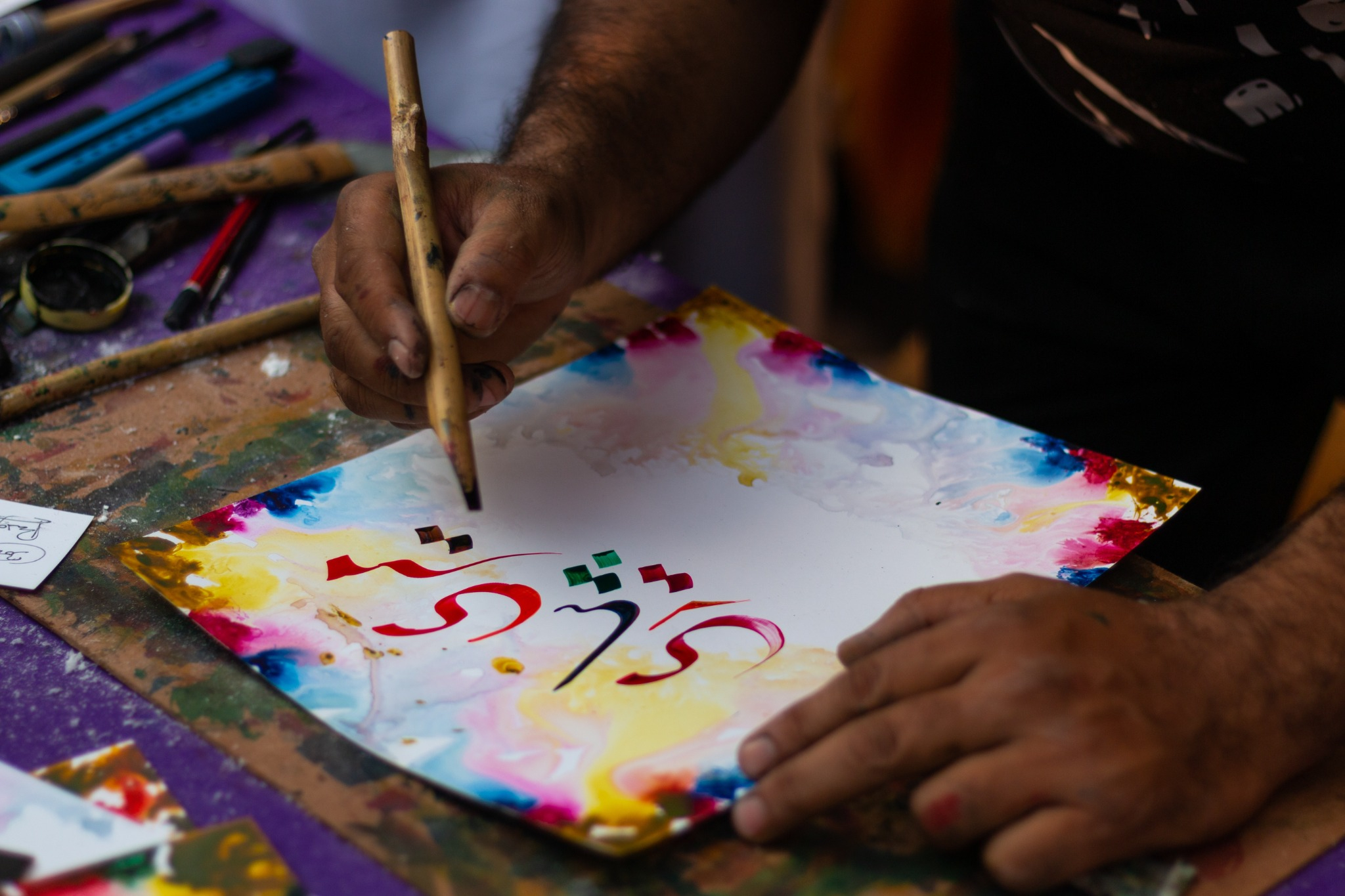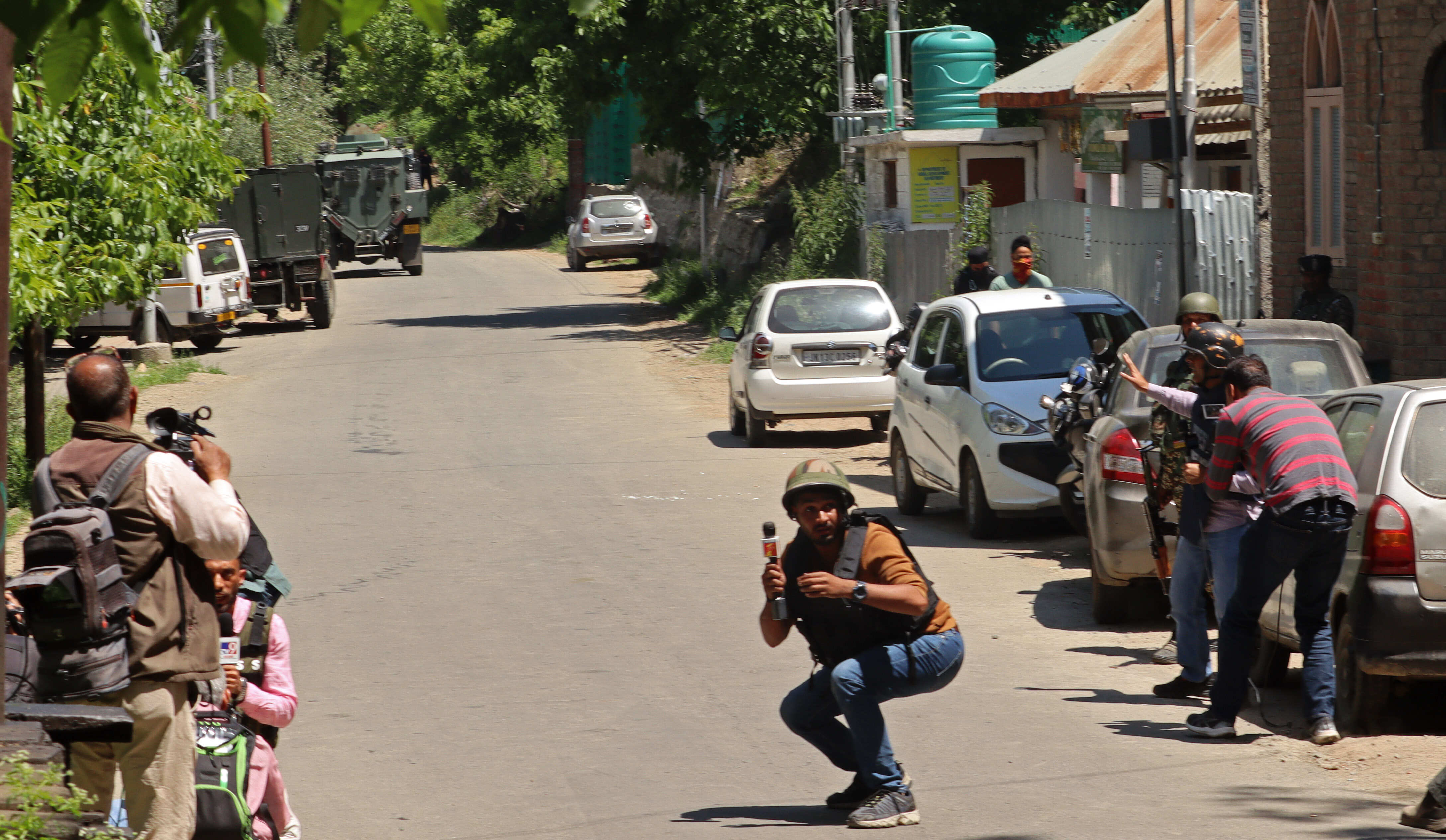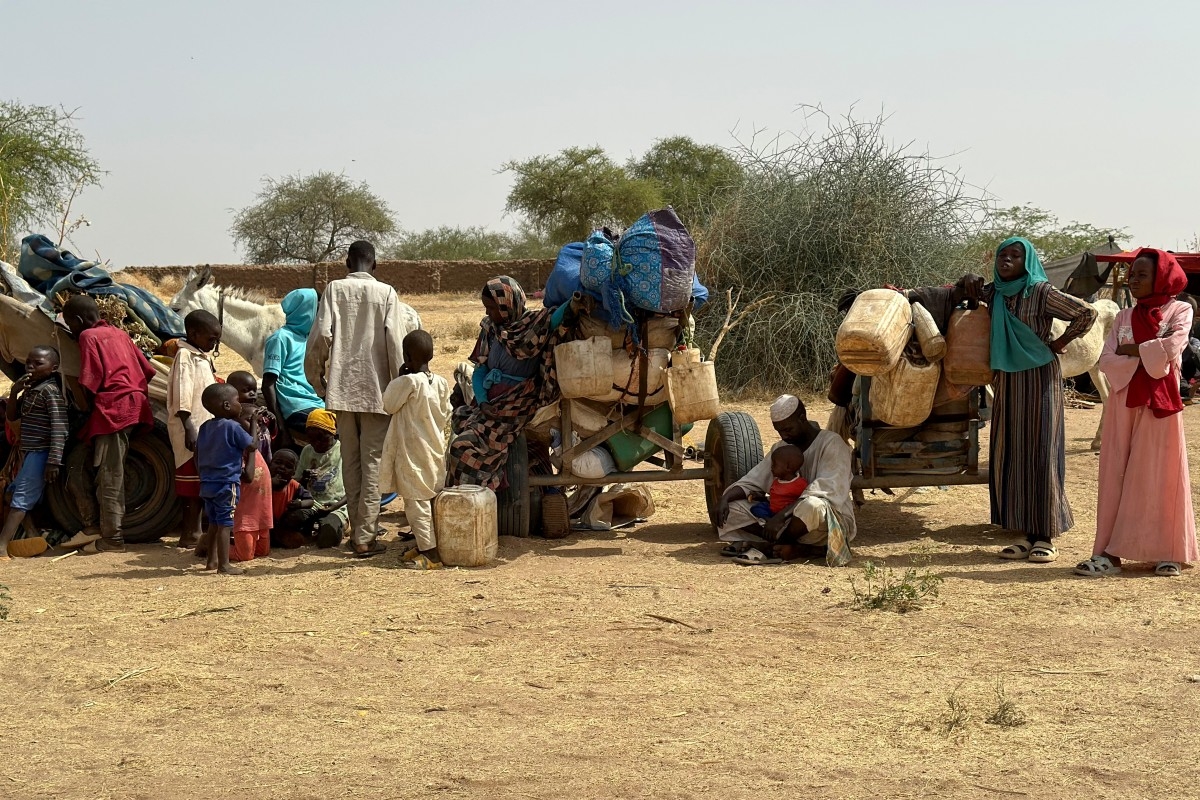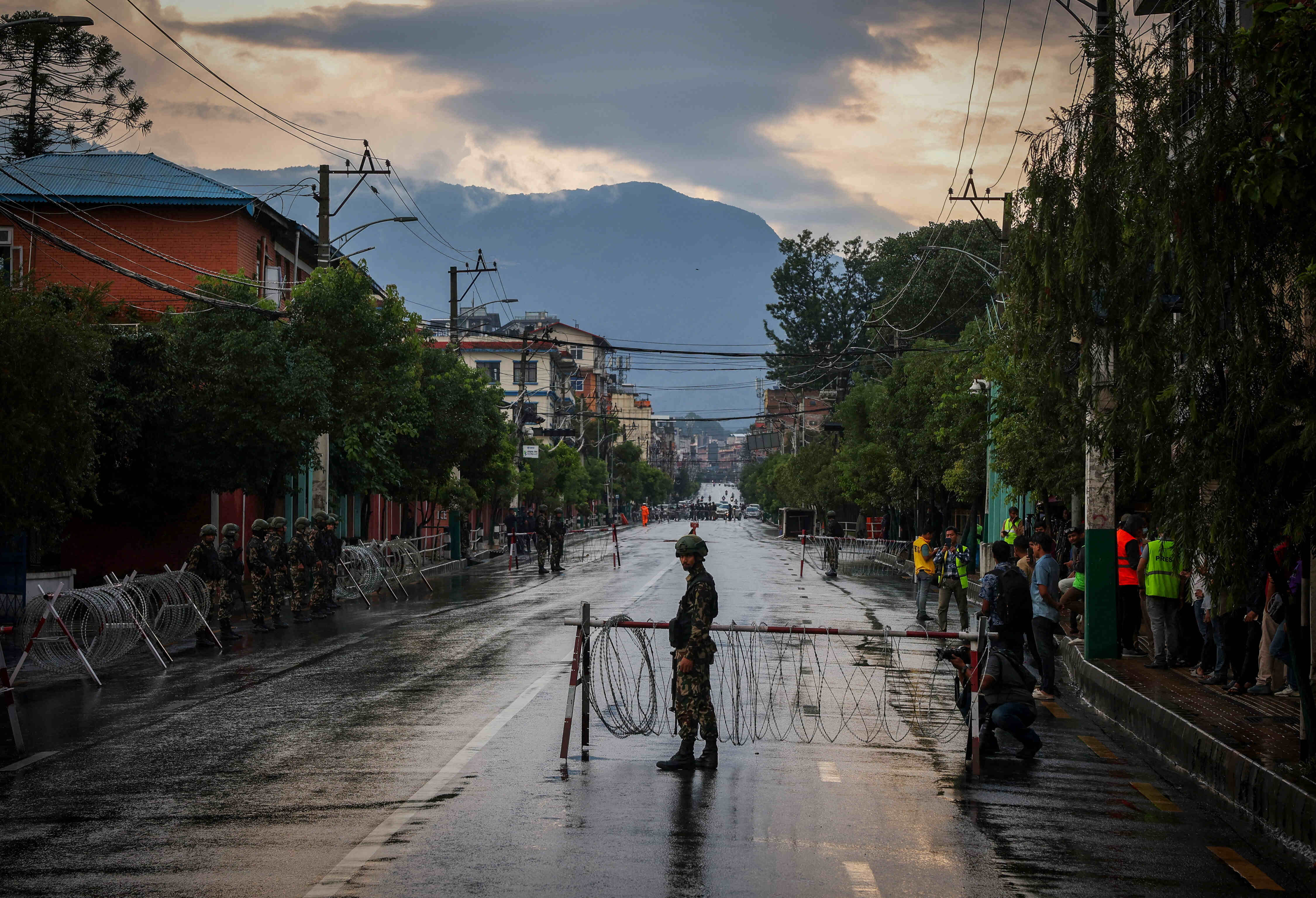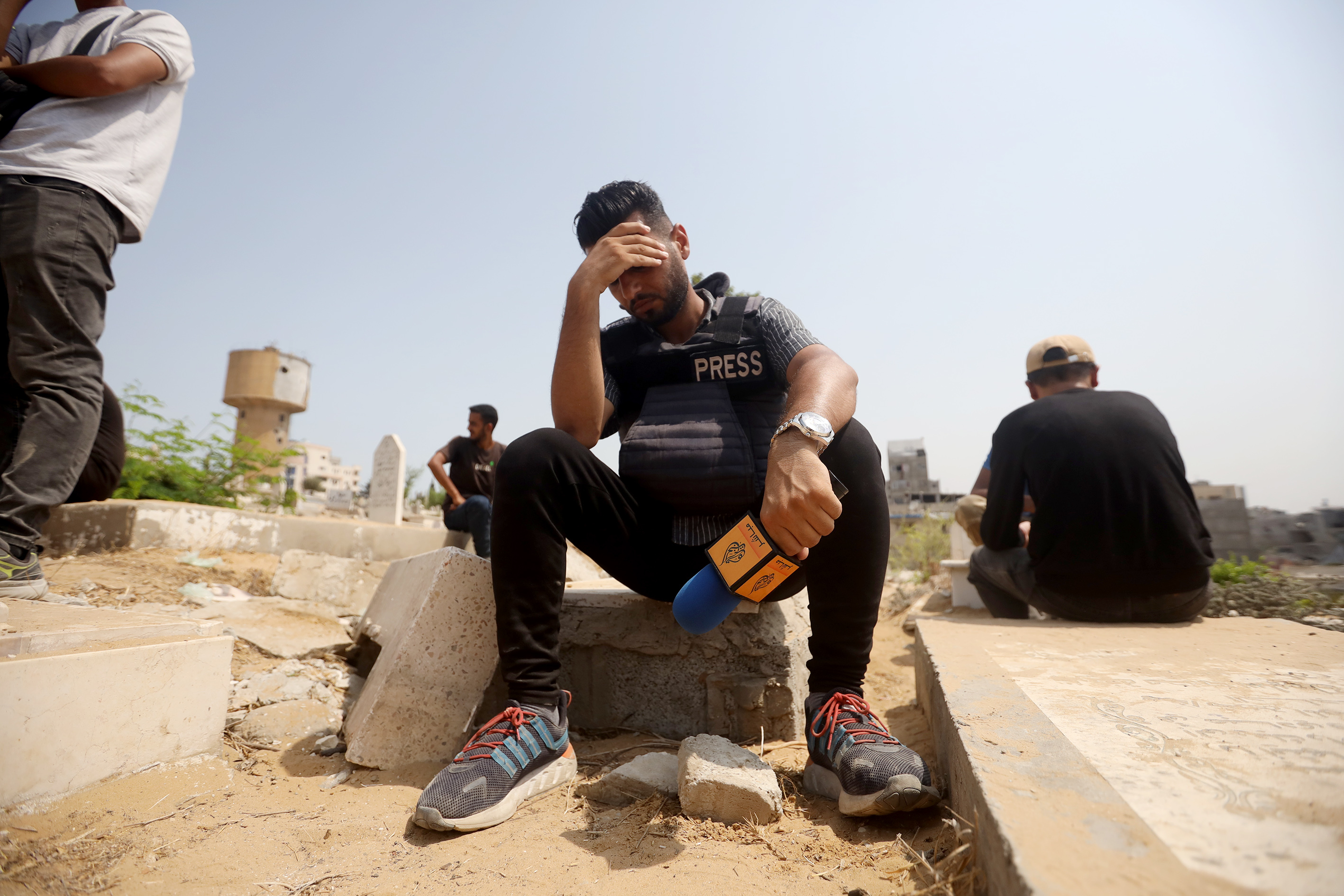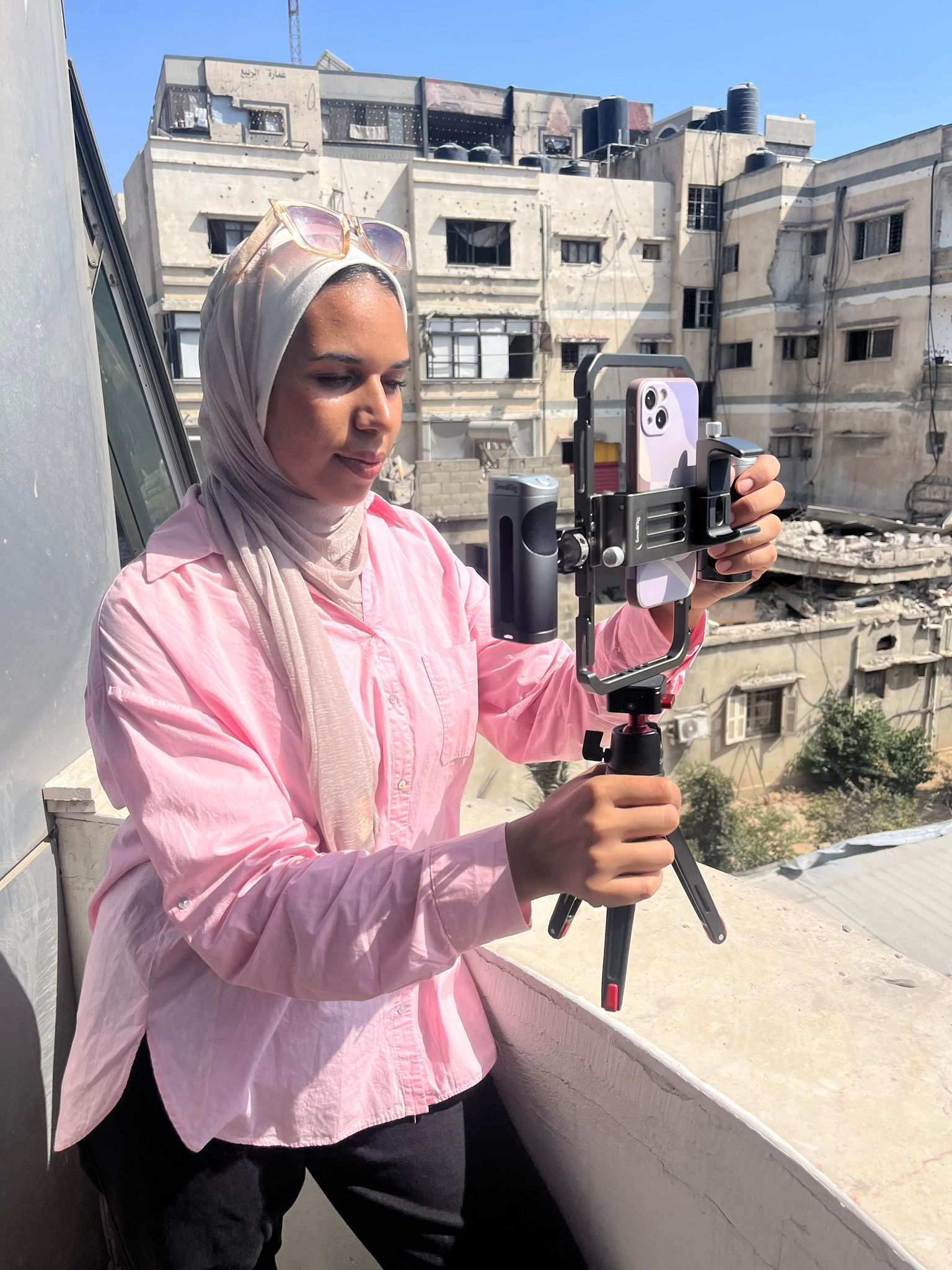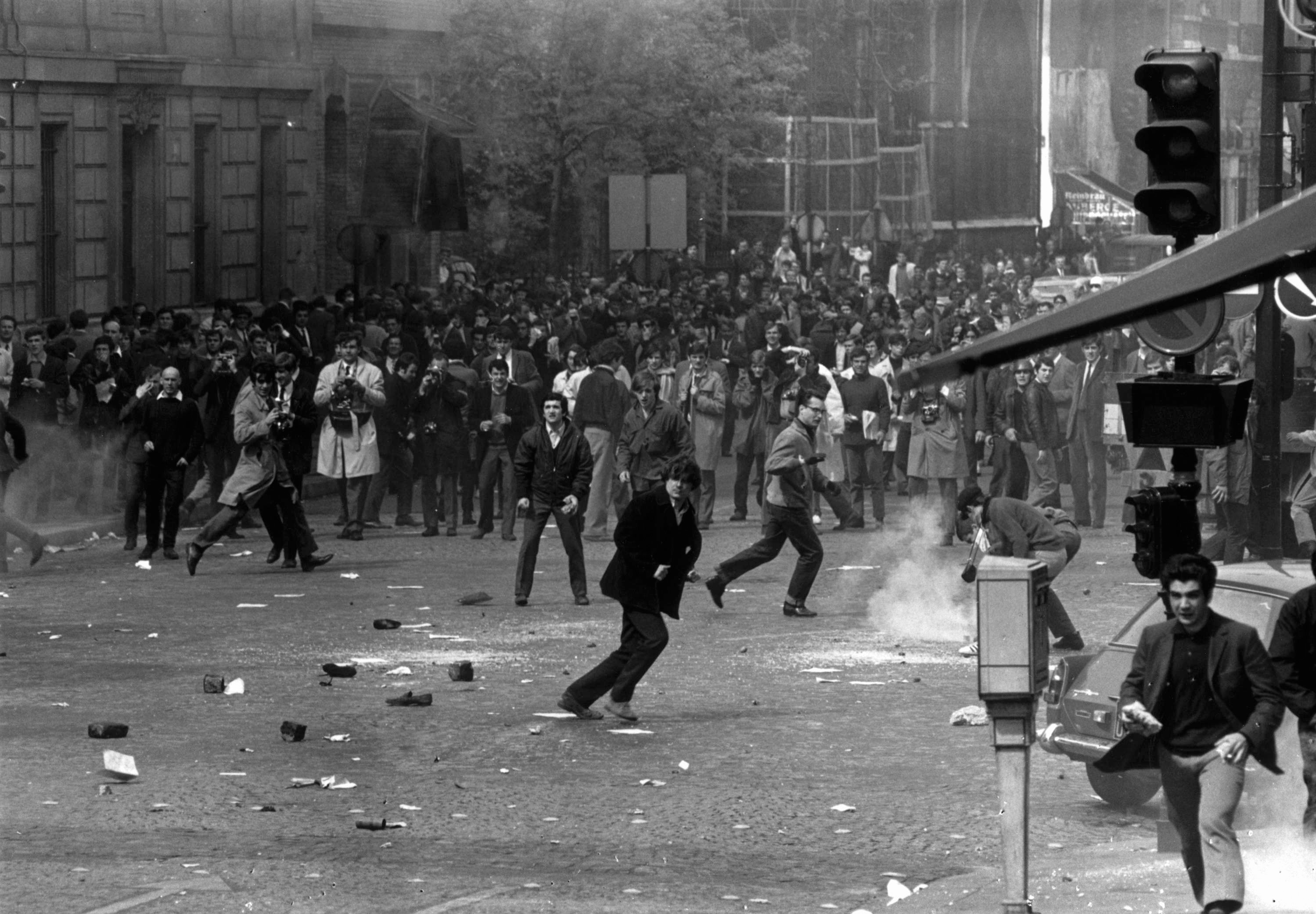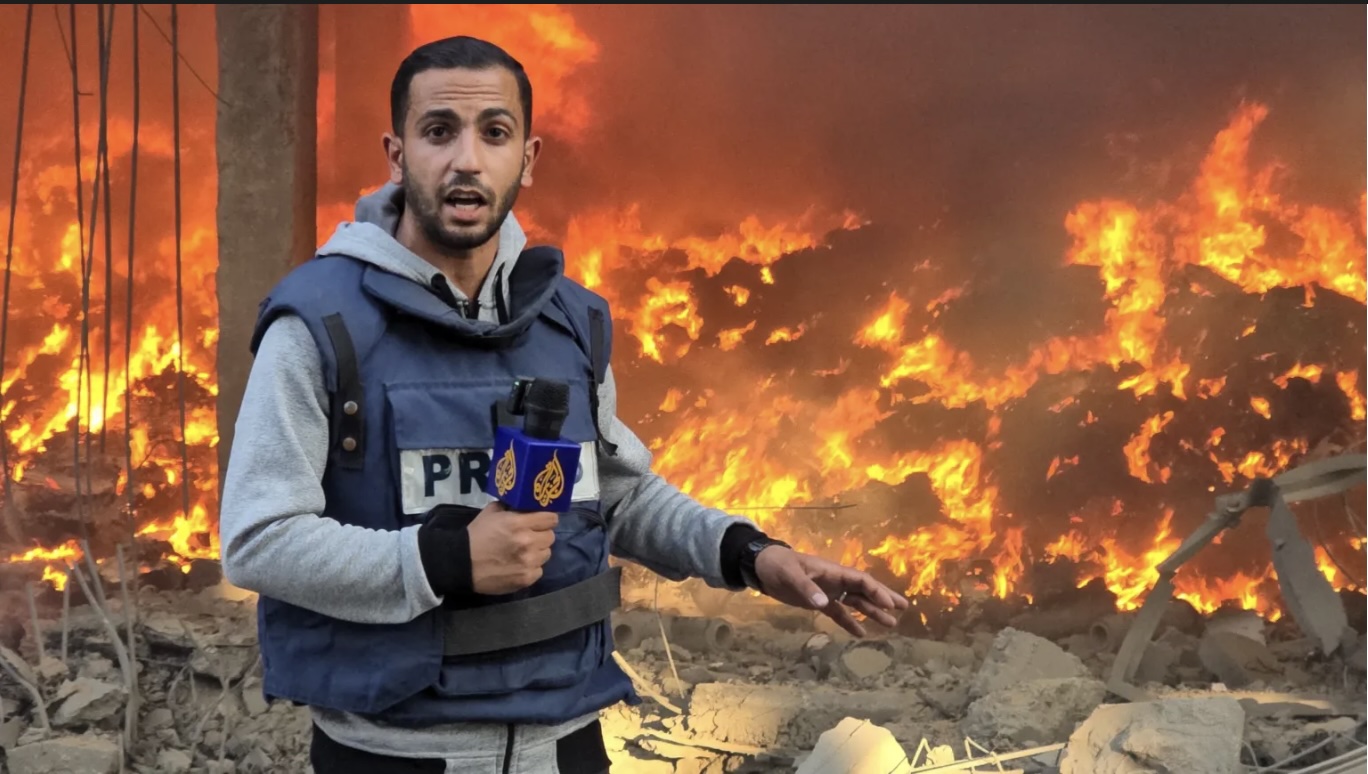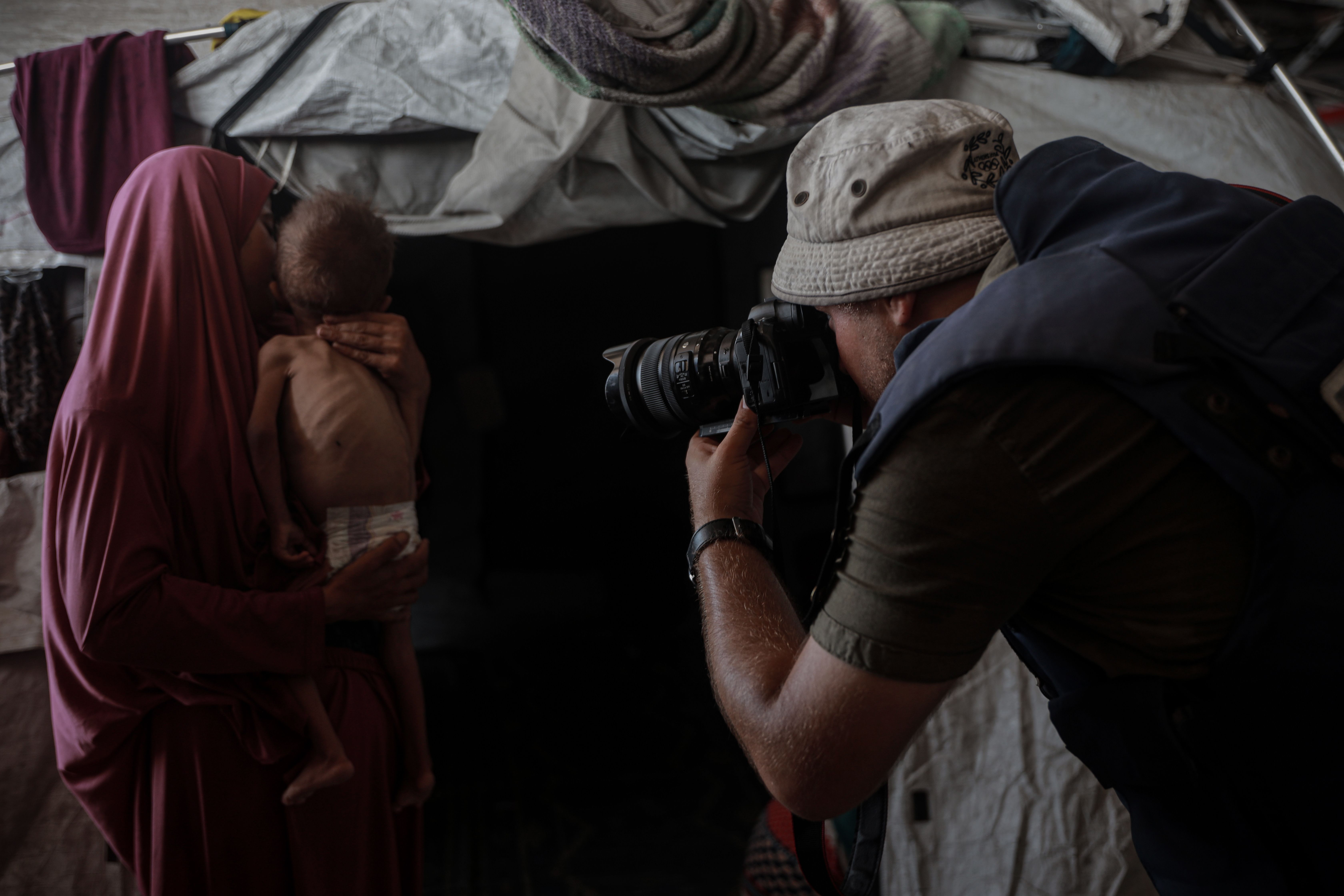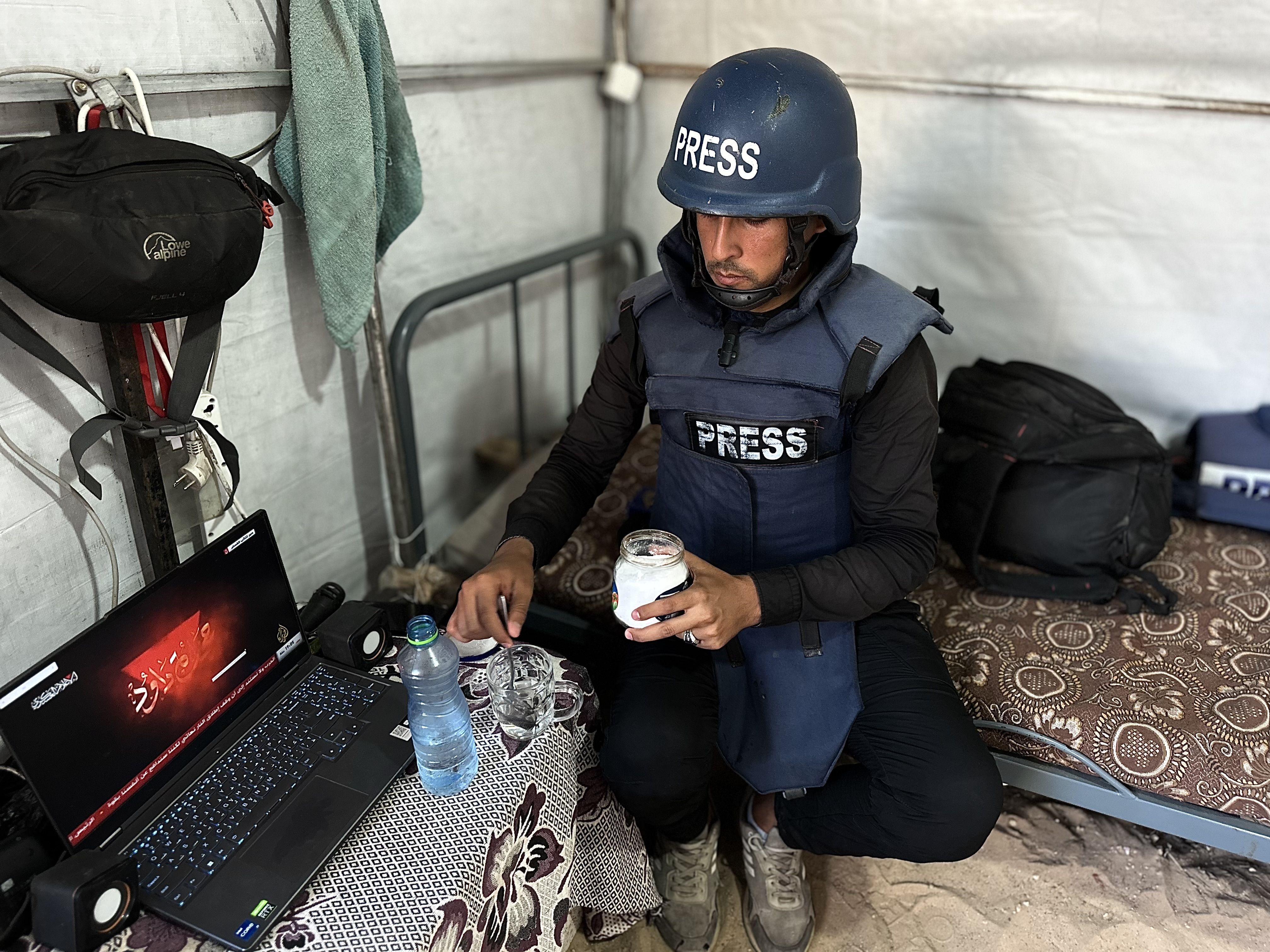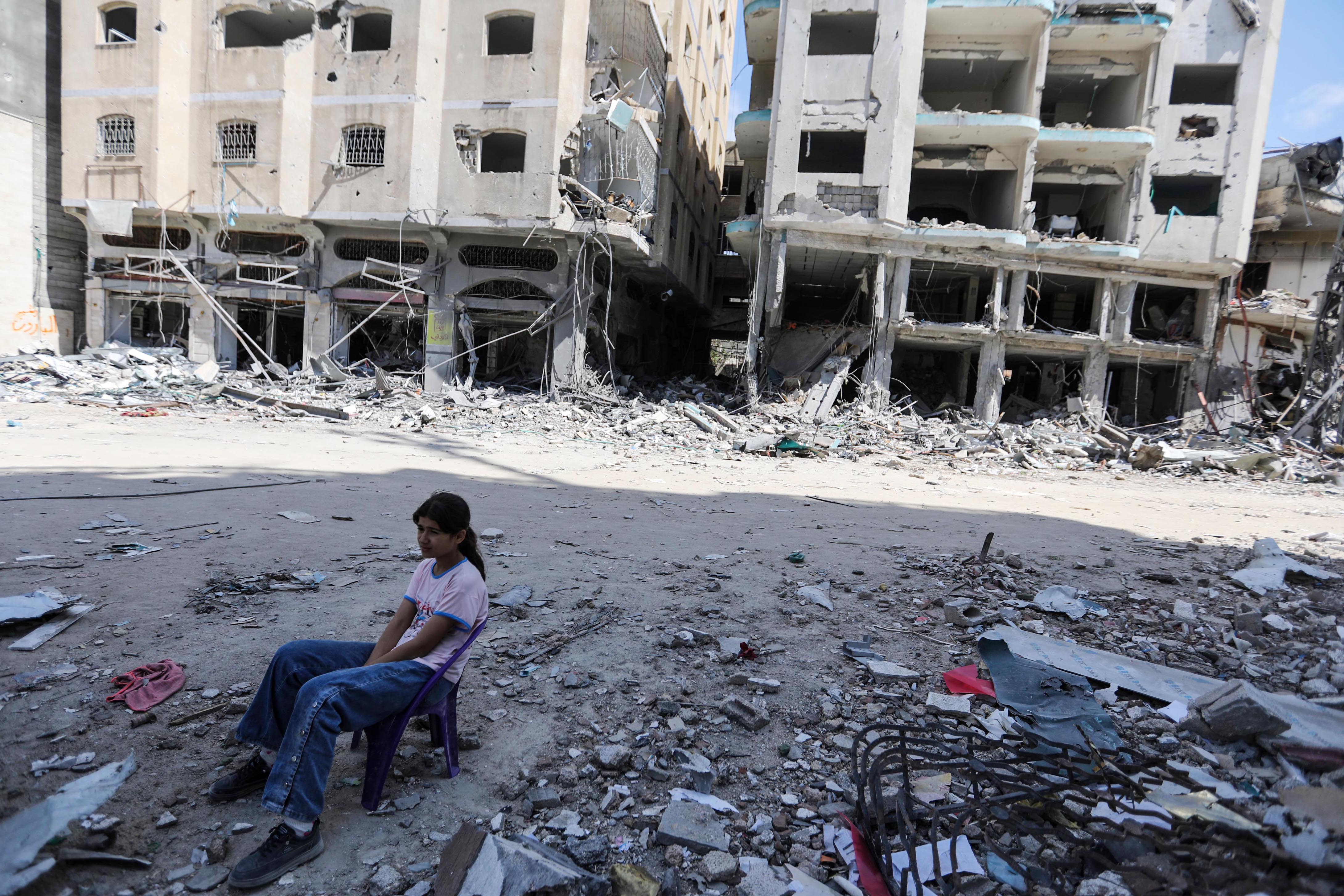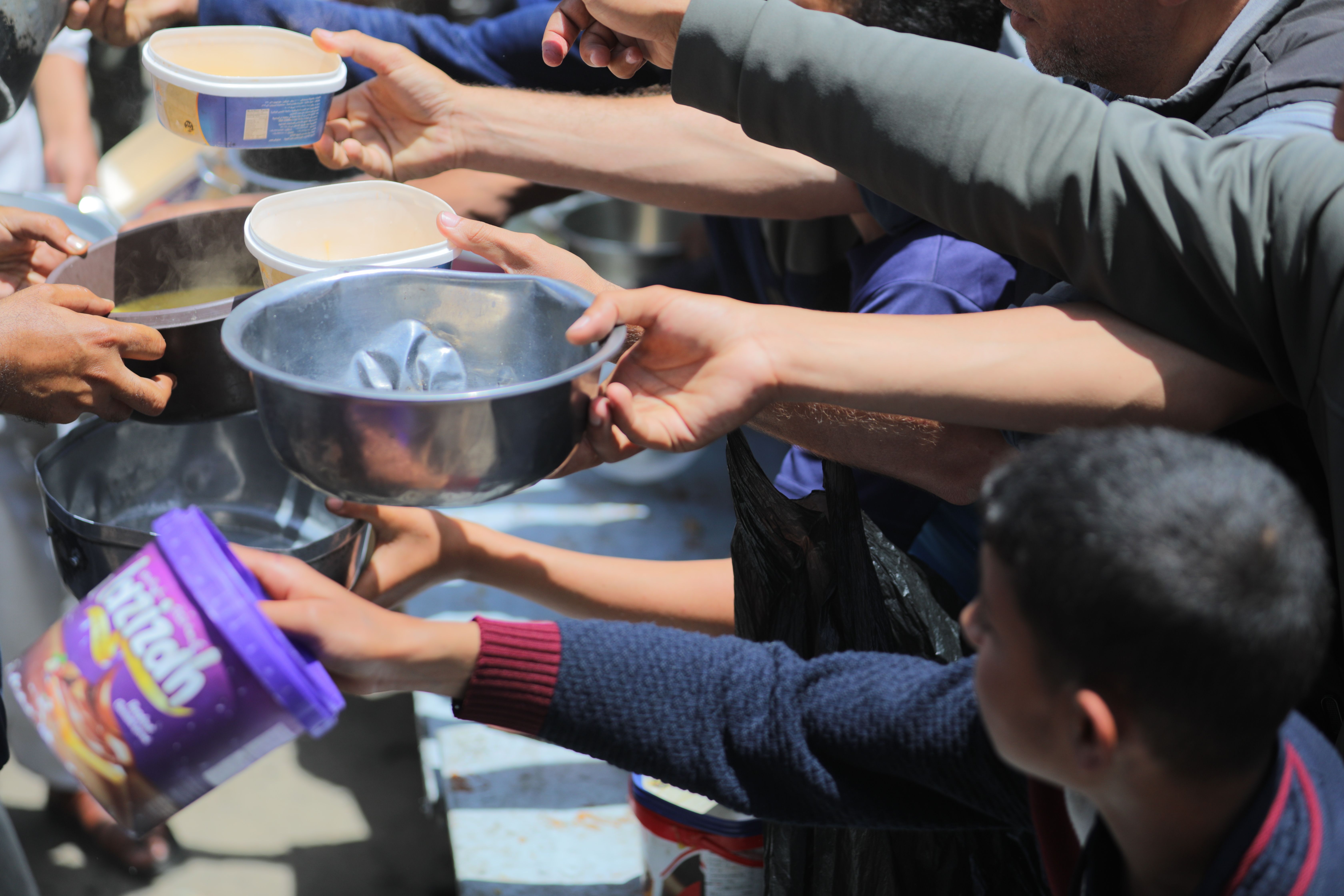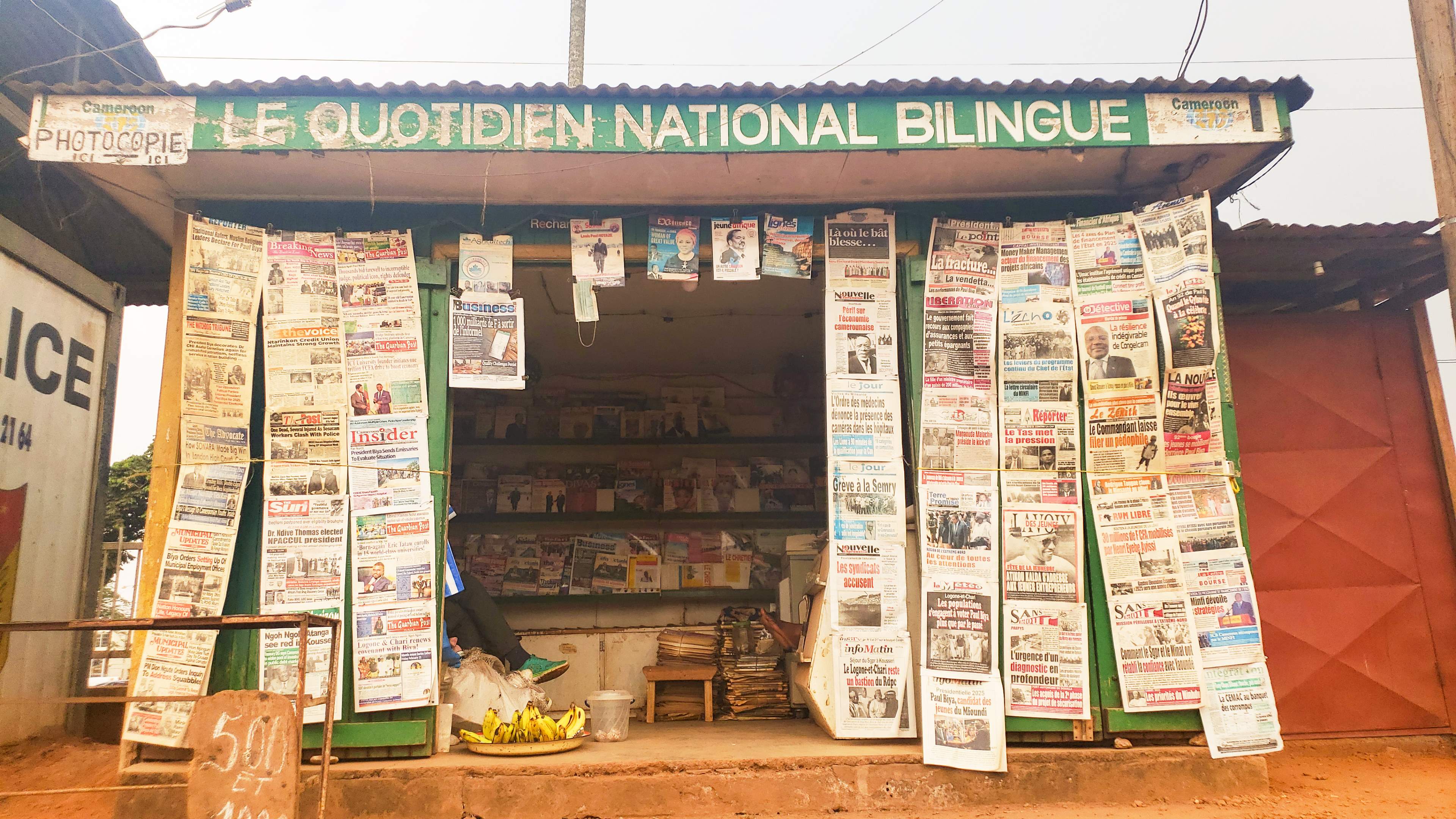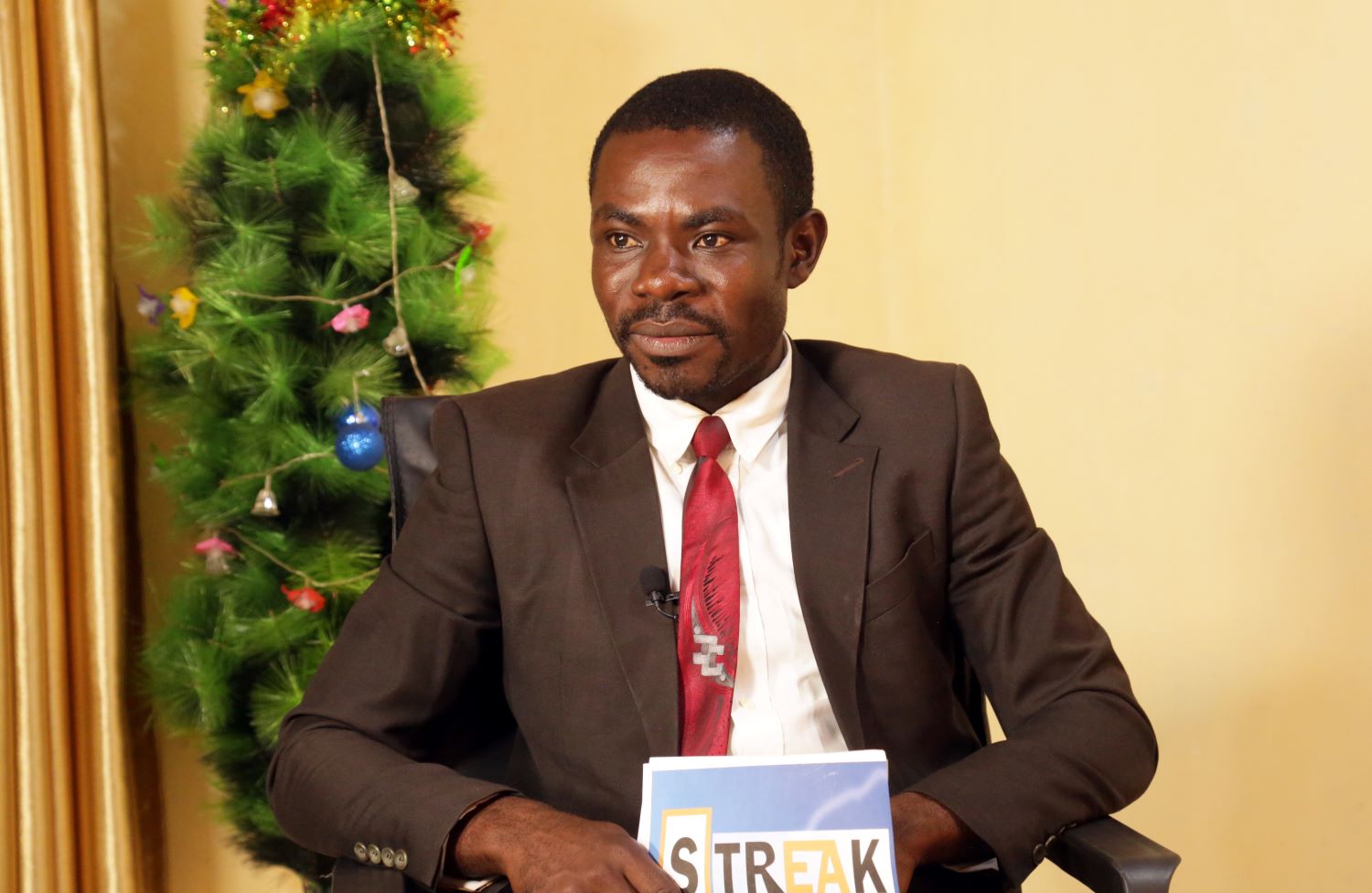Two disasters costing human lives have occurred at sea in the past two weeks, but the media coverage of each was markedly different. How and why?
With the haunting proximity of time and both beneath the depths of unforgiving waves, two tragic news stories played out last week.
The sinking of a migrant boat in Greek waters and the catastrophic implosion of a Titanic-exploring submersible in the North Atlantic Ocean stand as contrasting examples of the media's powerful influence in shaping narratives and commanding public attention.
Despite occurring within days of each other and sharing similar levels of horror and sorrow, the media's focus on these two tragedies differed enormously.
One notable distinction is evident in the tone and pace used in headlines across publications. For instance, The UK’s Daily Telegraph headline: "Race against time as deep-sea search for Titanic submersible begins" conveys a sense of urgency through the words "race" and "begins". The pace of the headline is swift. Yet, it also implies hope and anticipation for the lives involved by emphasising the ongoing search within the limited time available.
By contrast, when reporting on the migrant boat incident, the Telegraph demonstrates a lack of urgency, portraying the tragic event as a past occurrence and disregarding the possibility of survivors in Greek waters. For instance, the headline: "Hundreds feared dead as migrant boat capsizes off Greece" adopts a slower pace and simply announces the tragic event without providing any glimpse of hope. This absence of an immediate or ongoing action reduces the sense of urgency for readers, potentially impacting their level of engagement.
On the other hand, the way the submarine headline is presented, it promises more valuable insights. As a result, it keeps the audience engaged - me included - eager to learn about the next development in the situation. This minute-by-minute themed coverage, which creates a curiosity gap, attracts a significantly higher level of audience attention.
Neil Patel is a New York Times bestselling author and is recognised as one of the Top 10 Online Marketing Experts by Forbes. In his blog titled "How to Write Headlines: A Step-by-Step Guide”, he discusses the importance of what he calls the "4 U's" in crafting attention-driven headlines.
The four Us stand for urgency, usefulness, uniqueness and ultra-specificity. Patel emphasises that potential readers have questions and they want answers. He further adds that, if readers are provided with an engaging headline and the answer to their questions, they can be converted into loyal readers.
The submarine headline effectively incorporates the 4 Us by being unique in its uncommon focus. It offers usefulness by informing readers about the initiation of the deep-sea search for the submarine. This information is relevant to those interested in maritime history, exploration, or the Titanic tragedy. It specifies the context of the search, which is the deep sea. This level of specificity helps readers understand the subject matter precisely and generates interest. Lastly, the urgency factor suggests that there is a time-sensitive challenge involved.
This also contributes to the framing theory of journalism, where media outlets and communicators have the power to frame news stories or messages by emphasising certain aspects, selecting specific information and using particular language or imagery.
These framing choices can influence how audiences perceive and make sense of the information presented. In the case of the submarine news, by highlighting the search mission, the headline frames the story as a mission or quest, potentially invoking notions of adventure.
This framing generates interest, suspense and a certain sense of excitement for readers who are intrigued by such themes. Additionally, it introduces a commercial or promotional frame, potentially emphasising the technological advancements, capabilities or unique features of the submarine and those employed during the search and rescue.
By doing this, the Telegraph broadens the appeal of the story and enhances the news value of the overall narrative. It also shifts the focus from the human tragedy towards the submarine as an appealing underwater element, because continuous exposure to tragic news stories can also lead to emotional fatigue or numbness, making it more challenging for headlines that focus solely on the tragedy to capture sustained attention.
Meanwhile, the migrant boat headline does place a stronger emphasis on the human tragedy and the devastating loss of life. However, it falls short in incorporating the elements of the 4 Us.
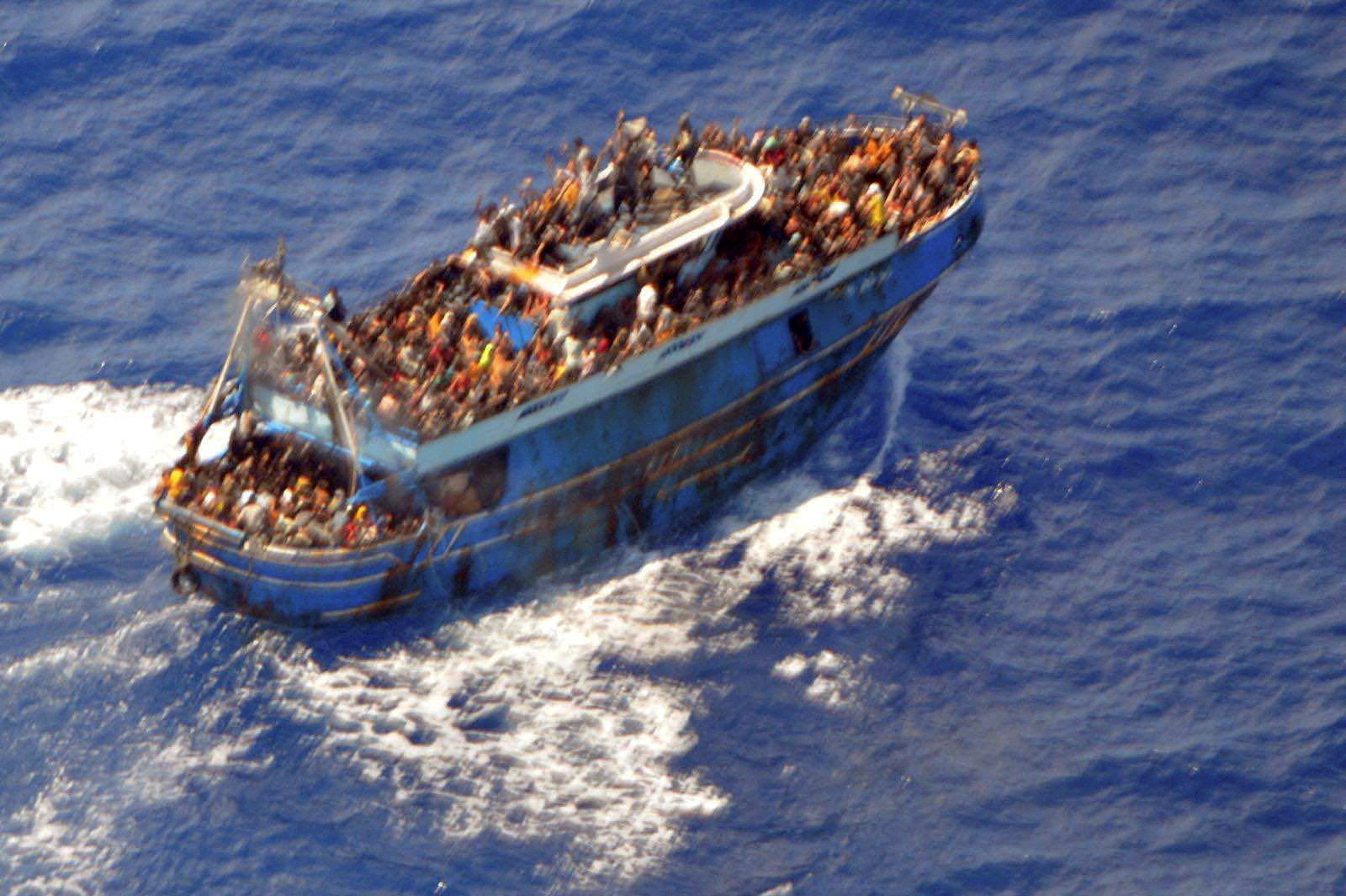
It does not highlight any unique or distinctive elements that differentiate this incident from similar tragedies in the past. There is a familiarity with the narrative. Unfortunately, headlines reporting migrant boat accidents or capsizings have become relatively common in the context of migrant movements and perilous sea journeys.
The repetition of such incidents in the news sometimes desensitises audiences and reduces the level of engagement. While the headline mentions the location (off Greece) and the event (boat capsizes), it lacks specific information about the circumstances, time or other pertinent details that would make it more precise and detailed. It could have further emphasised the urgency aspect by including time-related or action-oriented words to emphasise the urgency of the situation.
The Daily Express and Daily Mirror expressed: ‘Praying For A Miracle’. What about a desperate search for the 750 people who sank onboard a migrant boat?
In both headlines, various elements are employed to evoke specific reactions, ultimately shaping how the public perceives and engages with the stories at hand. This is crucial in a media landscape characterised by information overload and short attention spans.
To maintain the attention, some prominent media outlets incorporated various digital formats to represent the submarine story more visually. They committed substantial resources, exemplified by their round-the-clock reporting and insightful expert explainers. An illustrative demonstration of their dedication lies in the BBC's captivating video with the following headline: "Watch: Inside Titanic sub before it went missing." The video, which was filmed in 2022, offers an intimate glimpse into the small interior of the submersible, hosted by OceanGate boss Stockton Rush, who was aboard the submarine when it went missing. It is evident that the BBC focused on providing an exclusive look into the story.
Nevertheless, one cannot help but question the absence of media spotlight on the inner view and realities of a fishing boat. While we acknowledge that news organisations are guided by editorial decisions influenced by factors such as resource availability and access, it is worth highlighting that countless fishing boats around the world may bear striking similarities to the boat where the migrants faced cramped conditions.
By prioritising a story about a submarine carrying billionaires over a humanitarian crisis, the media highlights a worrisome obsession with celebrity culture and the lives of the wealthy
These boats could have been highlighted to offer a more comprehensive understanding of the circumstances. By showcasing the inside of a fishing trawler, the BBC would have aligned journalistically with principles of inclusivity and human interest, and provided a balanced and comprehensive understanding of both incidents.
This approach would have allowed the audience to empathise with the situation of the migrants and shed light on the associated risks. Providing a visual representation of the challenging conditions and risks involved, the BBC could have contributed to informed decision-making and potentially dissuaded some individuals from embarking on dangerous and potentially life-threatening migrations. Such an approach, in line with the media's role, not only reports on incidents but also fosters public awareness and promotes responsible journalism.
The BBC's visual journalism team went further by visually presenting the search for the missing Titanic sub through maps and graphics. This effectively highlighted the distance between the ships involved in the search and the submarine, conveying the magnitude of the situation. Visual representations, such as maps and graphics, have the ability to evoke emotions and establish a stronger connection between the audience and the story. By immersing viewers in the narrative of the submarine search, the BBC effectively engaged its audience. Their dedication to engaging storytelling is commendable, exemplifying their commitment to comprehensive coverage.
However, it is crucial to critically analyse the discrepancy in visual representation between the submarine story and the migrant boat incident. Should the BBC have also made use of maps and graphics to depict the depth and position of the 100 children who tragically lost their lives at the bottom of the sea? If they had done so, it would have served as a reminder of the pressing need for attention and action in addressing the situation of migrants.
Should the BBC have also made use of maps and graphics to depict the depth and position of the 100 children who tragically lost their lives at the bottom of the sea?
In another article, the BBC delves into the experience of the Titanic tourist submersible with a piece titled "What's it like on the Titan?" It raises the question of whether the BBC should also cover topics such as "What's it like on a fishing boat as a migrant?" or conduct interviews with experts on refugees and migration borders.
The submarine tragedy received significantly more extensive coverage across various media platforms, overshadowing the equally devastating sinking of the migrant boat. The Daily Express and Daily Mirror expressed: "Praying For A Miracle" while the Guardian stated: "Titanic tourist submersible: a desperate search for sub missing with five onboard."
What about a desperate search for the 750 people who sank onboard? In an opinion piece for Al Jazeera by Priyamvada Gopal, the answer to that is: "Ours is a world in which the lives of a few matters significantly more than the lives of the many, a disparity that intensifies along geopolitical, class, race and caste lines. The poor, the vulnerable and the victims of war clinging to the sides of a rubber dinghy are not ‘mournable’ in the same way as the wealthy white man figured as an ‘explorer’ or ‘adventurer’ who goes to sea in an expensive bespoke vessel."
The five men aboard the submarine were millionaires, who each spent up to $250,000 for the opportunity to view the wreckage of the Titanic. By prioritising a story about a submarine carrying billionaires over undeniably a humanitarian crisis of significant proportions, the media highlights a worrisome obsession with celebrity culture and the lives of the wealthy. The drowned migrants, unknown to the public, deserved equal recognition and empathy, which could have generated a collective call to address the root causes of migration and improve humanitarian assistance.
One journalistic theory that sheds light on this discrepancy is the "Hierarchy of Death". This theory suggests that media organisations tend to prioritise the coverage of certain types of deaths based on societal factors such as proximity, novelty, and cultural relevance. In the case of the submarine, it captured global attention due to its historical significance, the allure of exploring the wreckage and the involvement of high-profile individuals. These factors contributed to a greater emphasis on expert interviews, safety analysis and in-depth discussions of the incident.
When stories like the lost submarine dominate the headlines, the media creates the narrative that the lives of the wealthy hold more value than those of ordinary people
News organisations have a responsibility to inform the public about critical events that impact society. However, when stories like the lost submarine dominate the headlines, the media creates the narrative that the lives of the wealthy and famous hold more value and significance than those of ordinary people. This distorted emphasis can further damage existing inequalities and reinforce a sense of detachment between different socio-economic groups. This imbalance may hinder progress in addressing systemic inequalities and finding sustainable solutions to global challenges such as migration.
By embracing responsible journalism that acknowledges the equal significance of both tragedies and gives due weight and attention to the struggles of all communities, we have the power to cultivate a more compassionate and inclusive society. This approach fosters an understanding that every human life holds inherent value and dignity, regardless of socio-economic background. Such careful reporting allows us to address the root causes of inequality and strive towards a future where equity and justice prevail for all.

